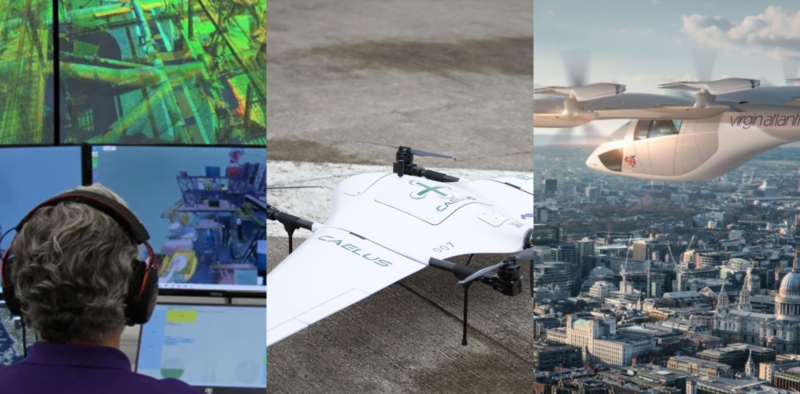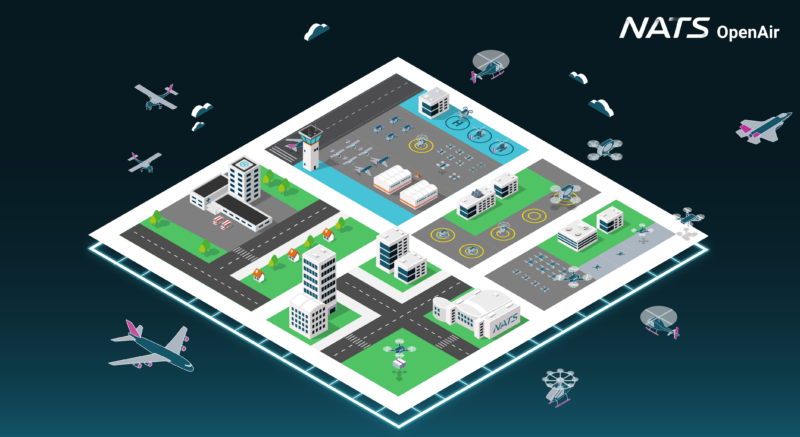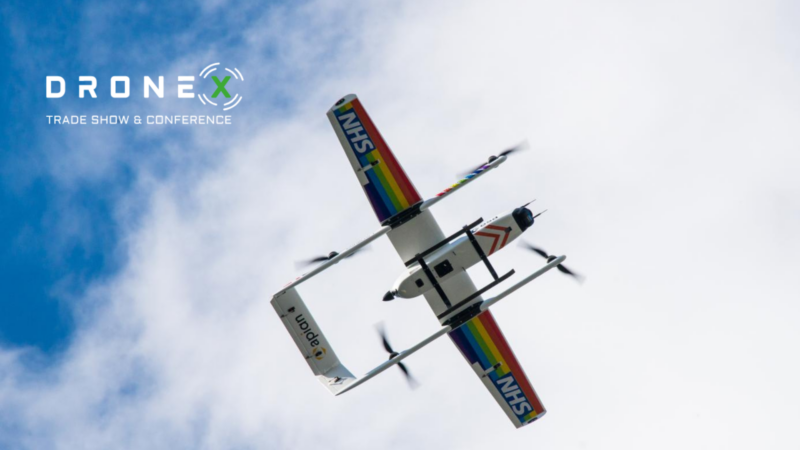Future Flight 3 – Is the Greening of Aviation our next milestone?
28 September 2023Just over 120 years ago, the Wright Brothers made history by flying 120 feet in twelve seconds – I suspect no seatbelts were involved in reaching that milestone. For the hundred years that followed, the obsession would be with distance and speed – how far and how fast could we travel? We have now entered the next big shift in aviation, one of sustainability – how efficient can we make air travel?
I suggest that we are now in the greening phase of aviation. Through technology and engineering, through alternative fuels, super-efficient aircraft, optimum route planning, AI and advanced air mobility: eVTOLs (electric vertical take-off and landing aircraft) and drones specifically.
I am privileged to work alongside some amazing researchers who are at the cutting edge of this branch of development, playing a key role in Phase 3 of the Future Flight Challenge, part of UK Research and Innovation’s £73m project to develop and show integrated aviation systems and new vehicle technologies.

Project AMEC includes demonstration flights between a new Skyports vertiport and Heathrow and Bristol airports using Vertical Aerospace’s VX4 eVTOL aircraft, operated by Virgin Atlantic.
Future Flight 1 and 2 helped us to understand how new eVTOLS and drones move, operate and perform. Phase 3 of Future Flight will move us to the next stage, showing us how new airspace users could interact with existing air traffic, at airports and in a shared airspace.
Project AMEC will demonstrate the feasibility of a UK Advanced Air Mobility ecosystem using Vertical Aerospace’s emission-free eVTOL aircraft, operated by Virgin Atlantic. Project Caelus is developing the UK’s first distribution network to use drones to transport essential medical supplies and clinical samples throughout Scotland.
NATS expertise in these projects lies in developing their concepts of operations, enabling the development of procedures and gaining regulatory approval. For drone flights, we pre-flight deconflict the uncrewed aircraft with existing traffic, essentially ensuring safe passage for all at that point in time. These test flights mean that we are able to explore and advise on key aspects of drone activity, including vehicle operation, ground infrastructure and airspace integration.
The Future Flight Challenge is helping to provide a greater understanding of the technology – for operators, tech providers, air navigation service providers and airports – which will ultimately support larger volumes of vehicles. This coming together of technology with airspace modernisation and integration is what will enable the aviation industry to reach its next milestone.

The use of drones to carry medical samples can bring testing turnaround times down from two days to two hours.
These collaborations will help the industry gather the evidence that identifies appropriate regulations, operational changes and procedures to keep the skies safe, and take us one step closer to mass drone and eVTOL operations.
Moving beyond this, it’s easy to see where the potential for investment lies: automation technology, high tech infrastructure such as vertiports, droneports, vehicles as well as the professional skills needed to support this growth – move over Gen Z, Gen Alpha will be enjoying new STEM careers in areas that we have not yet imagined.
It’s an understatement to call this an exciting time in aviation, technology and engineering. We are truly in the midst of a revolution. Fasten your seatbelts, I suspect that our next milestone will be reached both at speed and sustainably.
Comments
Please respect our commenting policy and guidelines when posting on this website.



